The Nintendo Switch and Switch OLED consoles come with everything that most people need to have a good time. For all models except the Switch Lite, you get two detachable Joy-Cons in the box for up to two-player gaming as well as a dock to play the console on your TV instead of in portable mode. But the experience of owning a Switch can improve with the right accessories, and we know which ones to recommend. I’ve thoroughly tested everything listed below during my tenure as a reviewer at The Verge, and I’m on the hunt for more great accessories to add to keep this page fresh.
Some of our picks are practical and affordable, so perhaps it won’t eat into your gaming budget. However, others veer into splurge territory. Ultimately, these picks enhance all aspects of using a Switch, whether you need a more comfortable controller, more microSD card storage, a headset for private listening, or a smaller TV dock that you can easily bring on trips.
Whether you own a standard $299.99 Switch, a $199.99 Switch Lite, or a $349.99 Switch OLED, Polygon’s Nintendo Switch accessories buying guide will set you up with our favorite add-ons. To make it easier to shop, we’ve split this guide into multiple categories, and you can click through the sections in the table of contents below.
Best Switch controllers
In case you aren’t smitten with the tiny Joy-Con controllers that come bundled with the Switch and Switch OLED (or in case you’re looking for a less drift-prone alternative), there are some controllers that we recommend. I’m injecting my hands-on knowledge below with some of my favorite picks in addition to older options that we still love.
Nintendo Switch Pro Controller
If you’re looking to upgrade your controller experience on the Nintendo Switch, you might want to consider the first-party alternative: the Nintendo Switch Pro Controller.
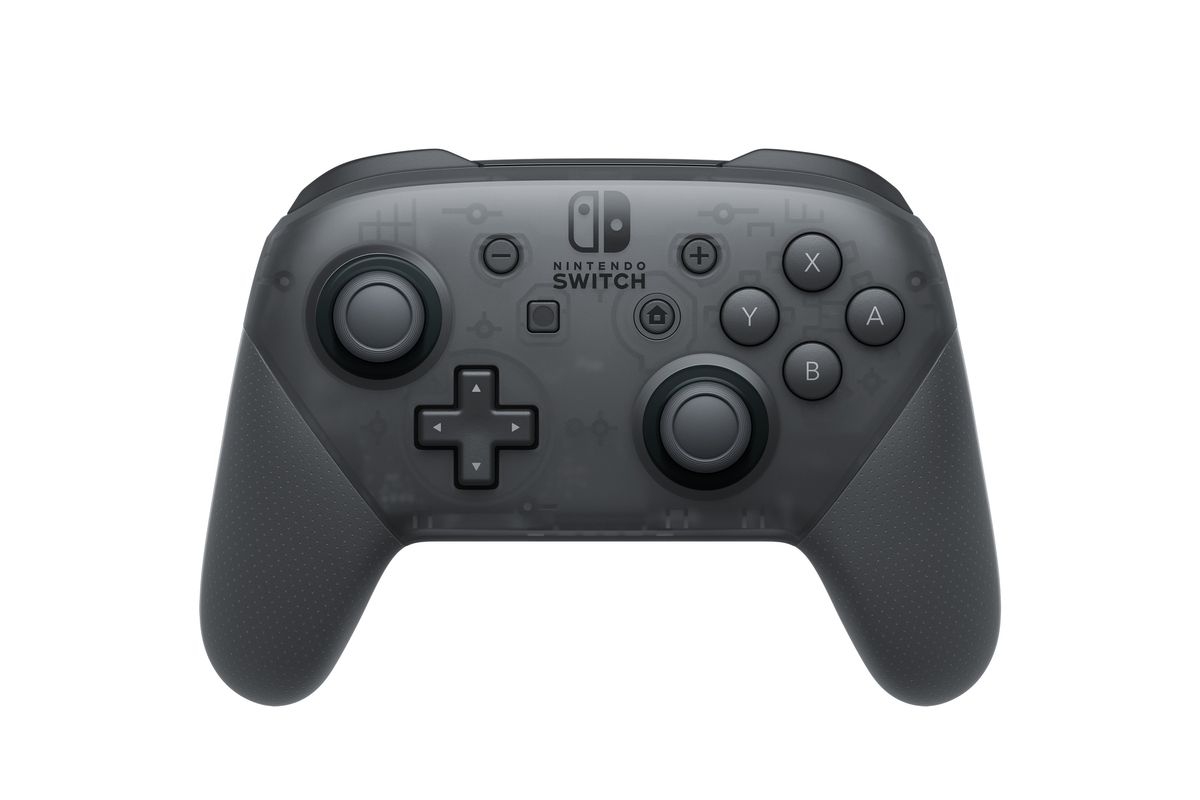
This standard-size controller fits most hands more comfortably than the Switch’s other alternative control scheme: two Joy-Cons affixed to the grip accessory that comes with the console. The Pro Controller has a size and weight similar to other controllers from Sony and Microsoft. This added bulk makes the controller feel more familiar and comfortable. It has a dedicated D-pad, larger face buttons, more prominent analog sticks, and much easier-to-hit shoulder buttons. Unlike the Joy-Cons in their grip, which is two small controllers trying to act like one large controller, the Pro Controller feels like a complete package. It also has an amiibo reader, HD rumble, and a gyroscope.
8BitDo USB Adapter 2
Here’s a likely scenario for many Switch owners: You may already own Xbox or PlayStation controllers, and purchasing one or several new controllers isn’t viable.

Thankfully, there’s an option that’ll let you use your preexisting controllers with your Switch. Just buy 8BitDo’s $19.99 USB Adapter 2 transmitter, which plugs into one of the USB ports of your Switch’s dock.
With a push of a button on the dongle, you can pair a controller dating back to the Wii and PS3 era (you’ll need two USB Adapter 2s if you want to pair two of the supported controllers). After connecting my PlayStation 5’s DualSense, I was shocked to be able to play Splatoon 3 with accurate rumble and motion control support. Granted, the on-screen button prompts in Switch games may not accurately reflect the buttons on your controller, but this is a good, affordable option if you’re operating on a strict budget.
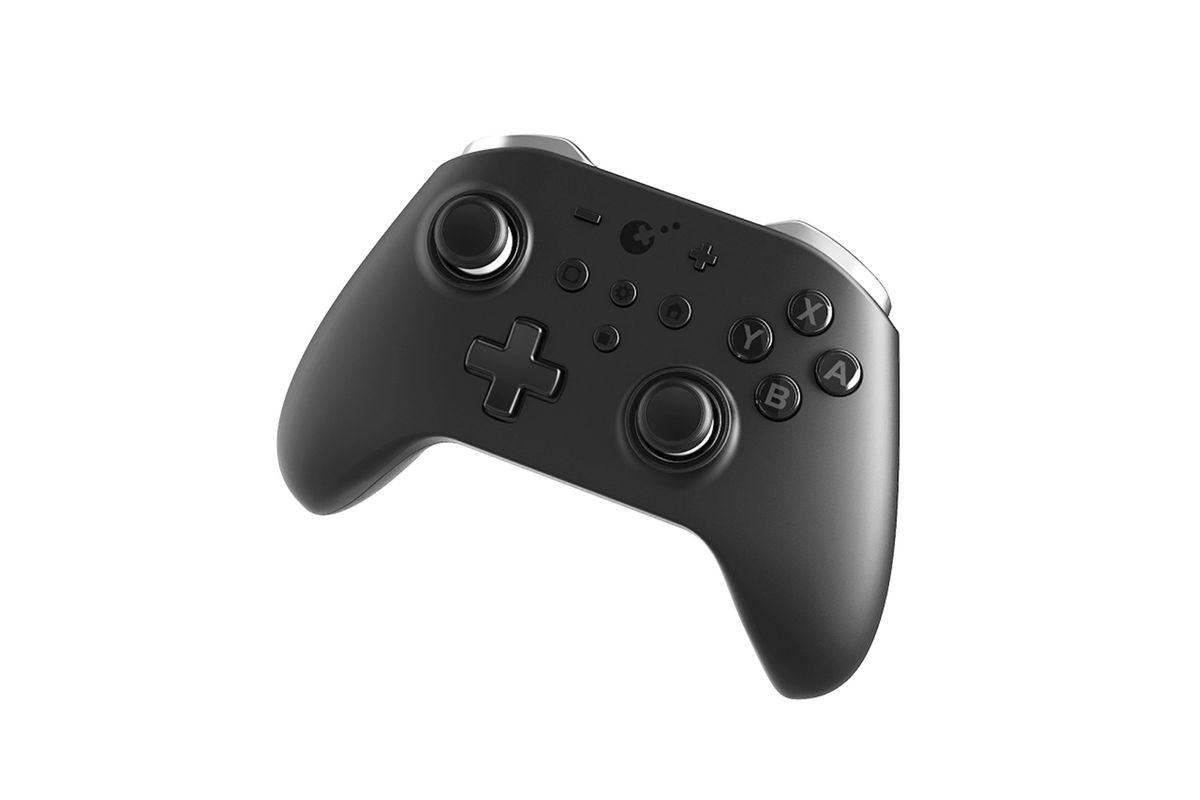
GuliKit KingKong 2 Pro
Design-wise, the $69.99 GuliKit KingKong 2 Pro feels like an Xbox wireless controller — bumpers, triggers, and all. However, it matches the feature set of the Switch Pro gamepad, including amiibo support and rumble (the haptics aren’t as satisfying as Nintendo’s). It supports Bluetooth, and it has a mode-switching button that lets it connect to more than just your Switch. However, its drift-resistance Hall effect analog sticks are its biggest selling point, and might warrant the cost for you.
I’ll keep the jargon brief: Most controllers use potentiometer analog sticks, which eventually become less accurate due to a number of factors that this iFixit article lays out nicely. Instead of developing drift over time, GuliKit’s sticks seem to avoid it thanks to the Hall effect technology, which relies on magnets to keep its sensors accurate. Note that this feature isn’t necessarily something you can feel functioning in the moment, but it’s reassuring nevertheless if you don’t want to replace your controller for this reason in the future.
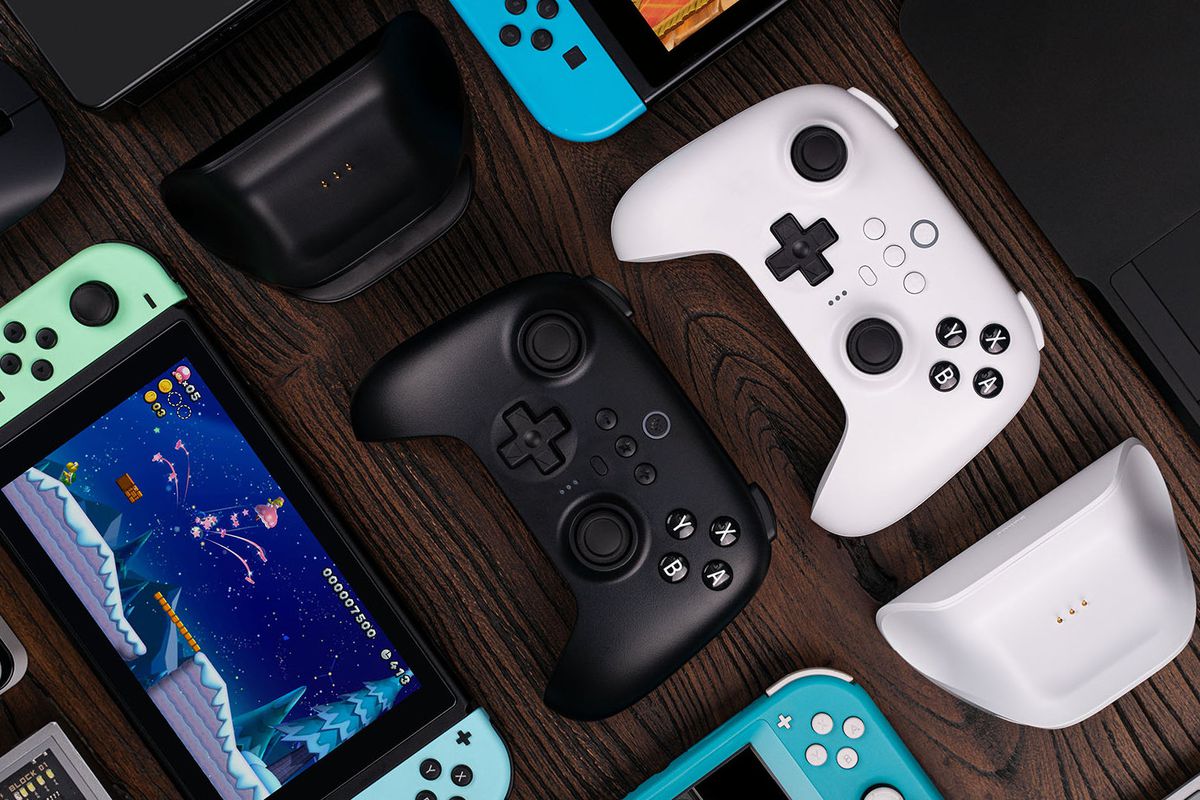
8BitDo Ultimate Bluetooth
Like the GuliKit option above, 8BitDo’s Ultimate Bluetooth controller has Hall effect sticks (made by GuliKit, no less). It’s also a $69.99 option, though it comes closer to mimicking the design of Nintendo Switch Pro Controller (albeit with no amiibo support). Some notable improvements, however, include its two rear back paddles that can be customized within 8BitDo’s PC or mobile app. In addition to connecting via Bluetooth to Switch, mobile, PC, and other platforms, it includes a charging dock that connects via USB-C. It houses an 8BitDo Adapter 2 transmitter, allowing the controller to communicate with it via a reliable 2.4 GHz connection. You get a little more for your money with the 8BitDo controller versus GuliKit’s, though you might prefer one design over the other.
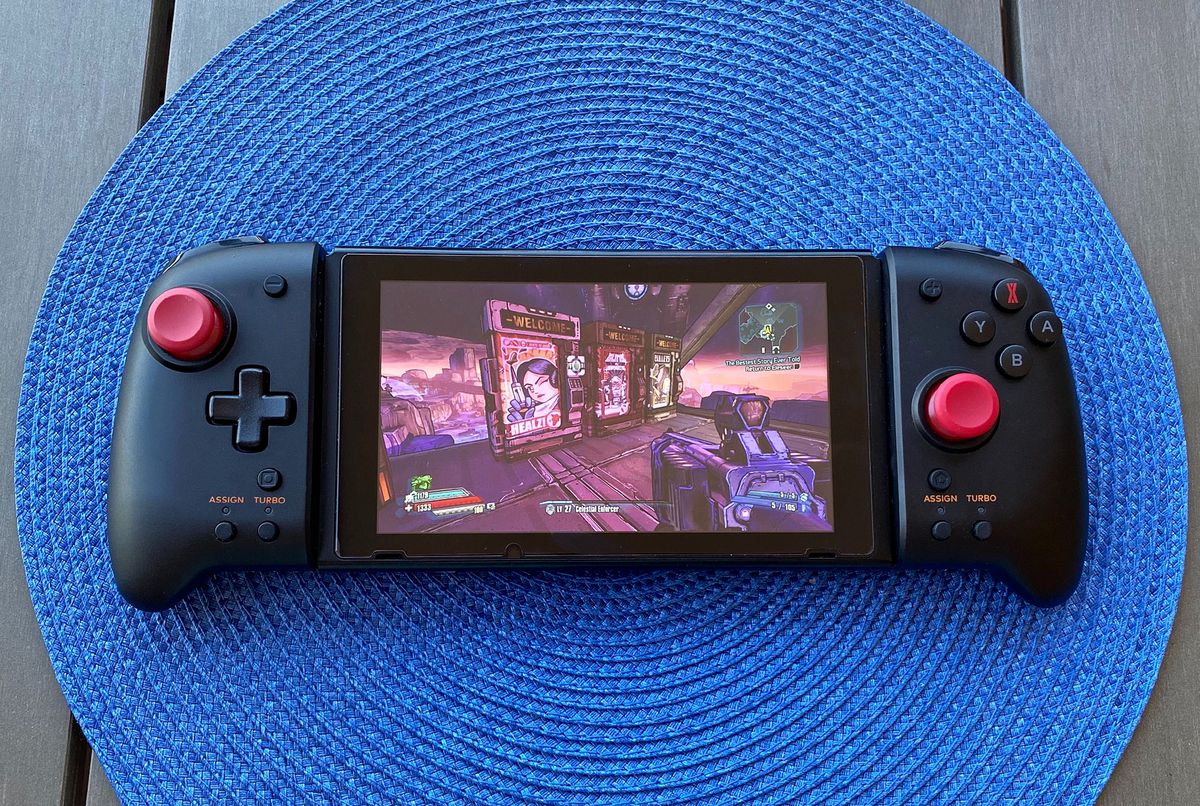
Hori Split Pad Pro / Split Pad Compact
The $49.99 Hori Split Pad Pro is a pair of detachable controllers that you can use in place of the much smaller standard Joy-Cons. These large gamepads significantly increase the bulk of the Switch, making them more comfortable for those with larger hands. They also have bigger… just about everything. The sticks, triggers, and buttons feel akin to other console controllers. However, they miss out on Joy-Con-exclusive functionality, like rumble, amiibo support, and the ability to operate while disconnected from the Switch; these only work when attached to it.
We praised the Split Pad Pro for most games in our review, and we found it was especially helpful when playing games with complicated control schemes, like Monster Hunter Rise, among many others. The gamepads even have additional buttons on the back that you can assign to customize your experience.
If you prefer a smaller, more colorful alternative, Hori makes the Split Pad Compact, which currently costs $39.99 at Amazon. I tested out that model for The Verge, and I prefer its design over the larger model. However, it has similar features (and can’t work when detached from the console).
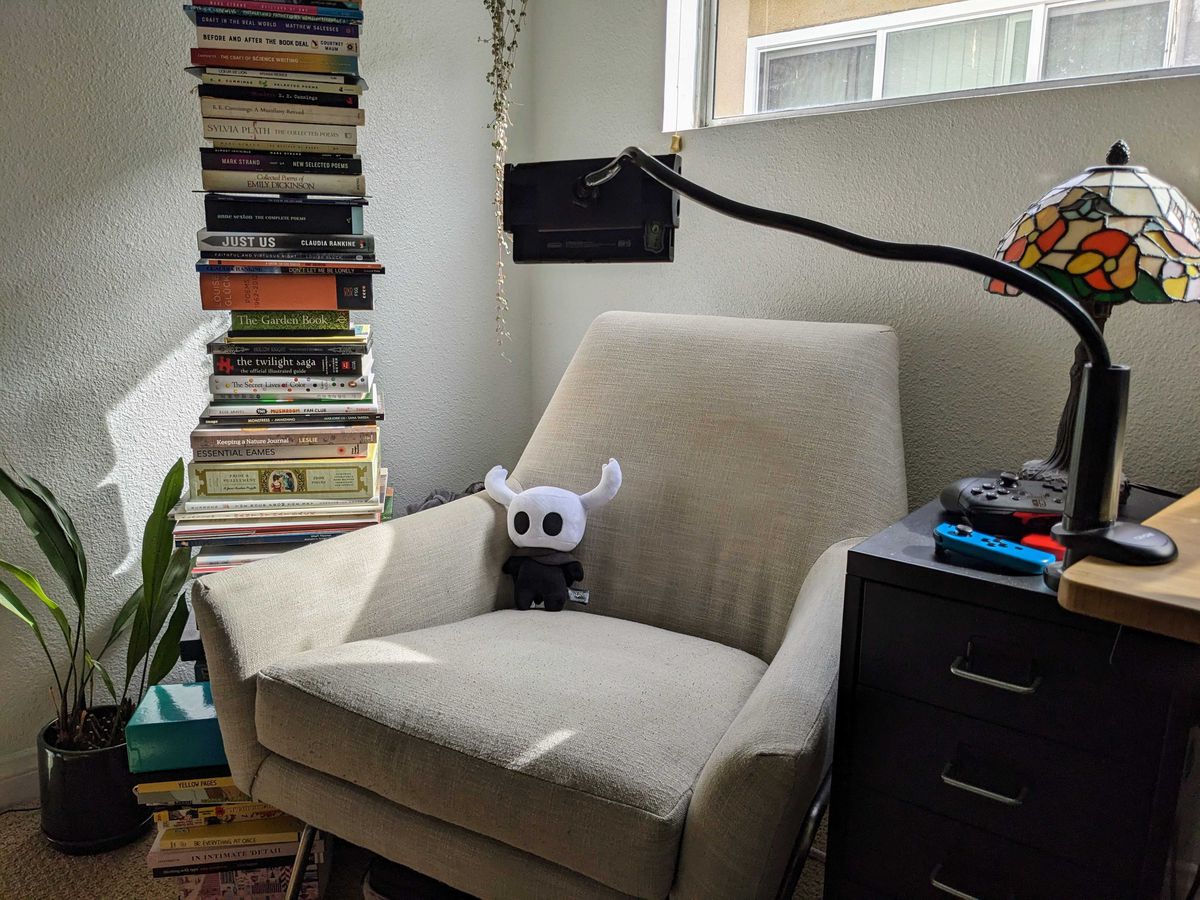
Special mention: If you suffer from chronic pain and it makes using the Switch in portable mode a no-go for any period of time (or you want to more easily play your Switch in bed), you might want to check out this peripheral. It was featured in my colleague Nicole Clark’s post from Polygon’s Training Mode special issue. By detaching your Switch’s Joy-Cons, you can clamp the Switch (or another screen) onto this articulating stand so that you can view it wherever it’s most comfortable for you to look at. It was originally priced at $29.99, but you can usually find it for a few dollars less at Amazon.
Best Switch headphones
The best set of headphones for your Switch might be the ones you already own. If you’re happy with plugging in a wired set into the console’s 3.5 mm jack, then you probably don’t need to upgrade. However, if it’s wireless connectivity that you’re after, there are many options ranging in price. It’s true that the long-awaited Switch Bluetooth audio support that arrived in 2021 allows you to connect anything from AirPods to high-end, over-ear noise-canceling headphones. That’s great, in theory. But in my experience, the high audio latency makes it a non-starter, especially in games where you need to rely on sound cues for success. You ought to try it yourself, as your experience may vary.
Keep in mind that any headset that ships with a USB audio transmitter will work fine (those can range wildly in price, design, and in terms of features). For a simpler list, these are the low-latency wireless headsets that I’d recommend to most people.
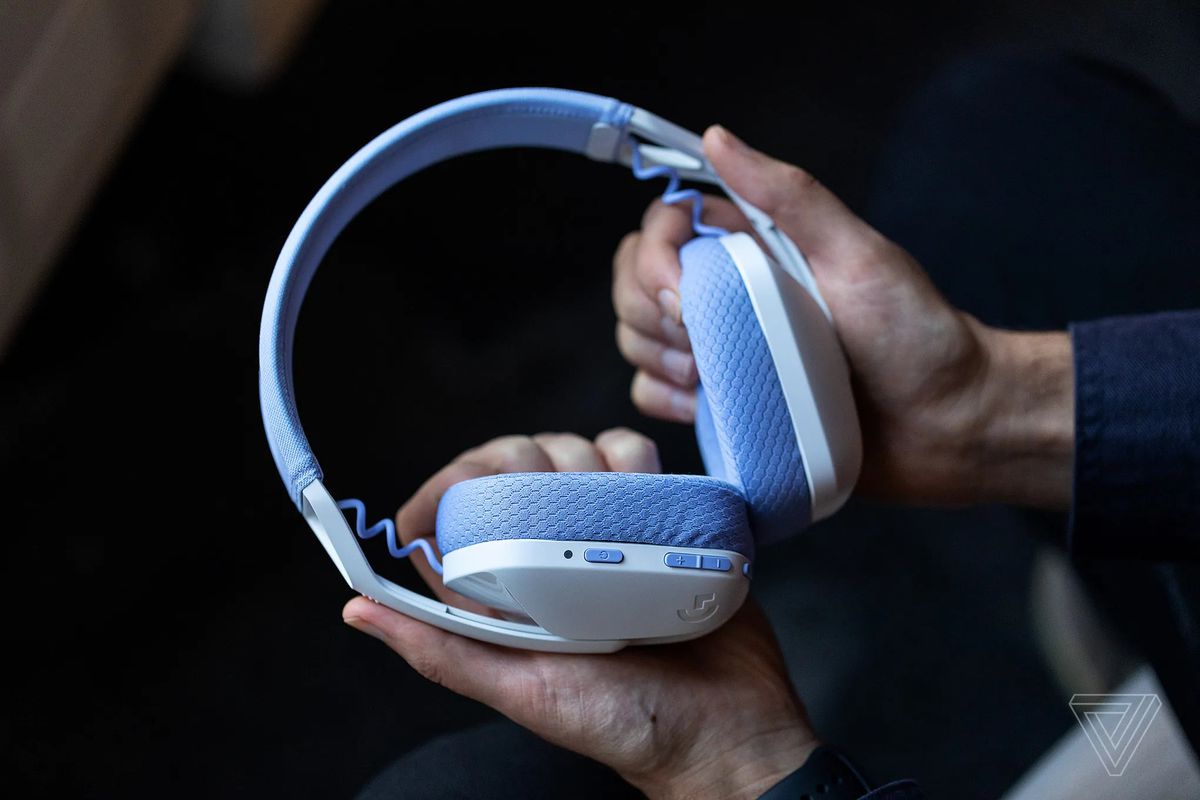
Logitech G435 Lightspeed
In the sea of options, Logitech’s G435 Lightspeed stands out with its low price and a list of features that goes on and on. It’s common to find some color schemes selling for less than $50, and at that, you’re getting a comfortable (big heads beware — it’s on the small side in terms of sizing) headset that can deliver low-latency audio when its included USB-A 2.4 GHz transmitter is plugged into your Switch’s dock. (Note: It also works perfectly when plugged into a PC or PlayStation.)
This headset can also connect to devices via Bluetooth, and a button on its ear cup makes it easy to switch between wireless modes if you want to take a phone call (sadly, it can’t stream in-game and Bluetooth audio simultaneously). While its design isn’t as tough or as unassuming as some pricier headsets, its pop of color might be what you’re after.
(G435 Lightspeed photography provided by Amelia Holowaty Krales at The Verge.)
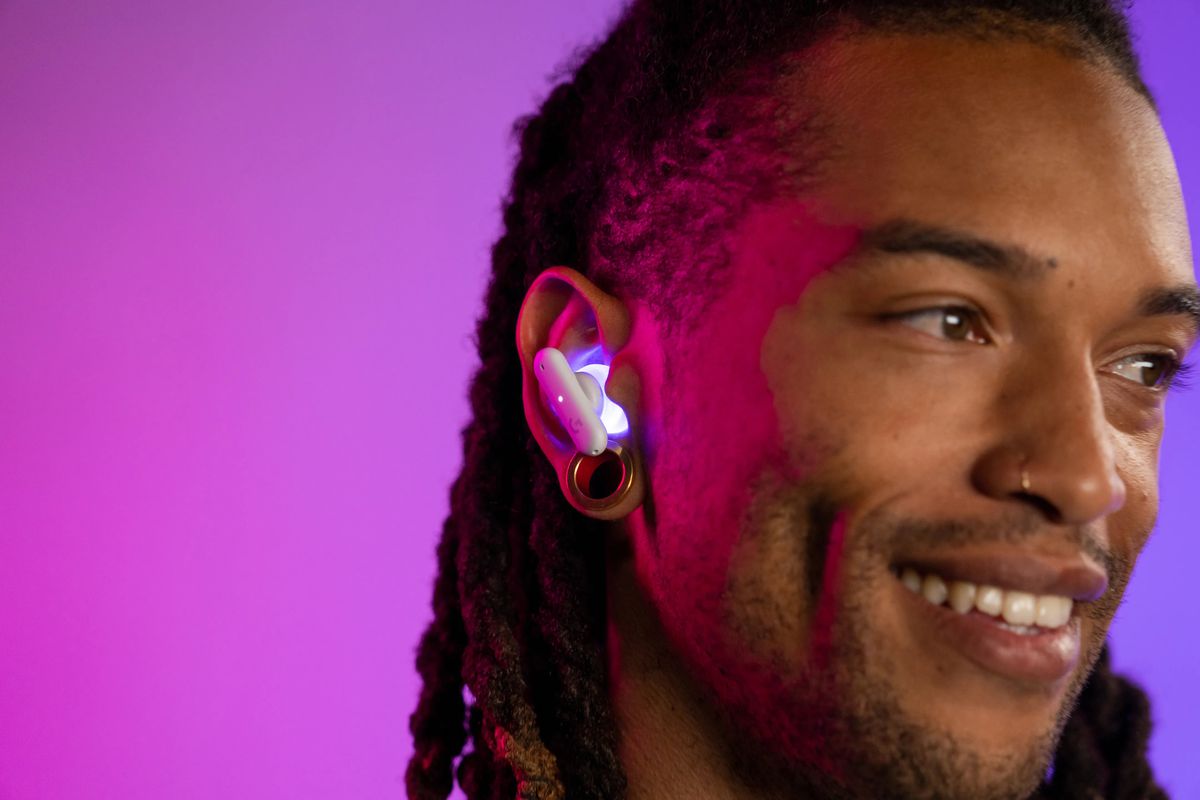
Logitech G Fits
For something completely different, Logitech makes these gaming earbuds that can morph to the shape of your inner ear. The G Fits have a one-time setup that uses light to heat up the gel-tipped insert, giving them a custom fit that’s for your ears only. It’s an interesting feature, but it’s the performance, comfort, and features that sold me on the G Fits. They originally sold for a whopping $229.99, but it’s common to find them for about $50 off.
Thanks to their customized fit, games and other media sound excellent, and they arrive in a small charging case. There’s a small USB-A 2.4 GHz transmitter included that can plug into your Switch’s dock. In case you want to use them on the go, Logitech included a USB-A-to-C converter, so you can plug the transmitter directly into the Switch (this works great with other consoles, too).
The G Fits can toggle between wireless modes by triple-tapping on the outside surface of either earbud, so it’s easy to flip between devices. Given that the G Fits are a slightly modified version of the UE Fits (from the Logitech-owned Ultimate Ears), you get all of the same perks that our sister site The Verge wrote about in their review. But this model packs in a little extra battery life and, of course, the ability to tether to Logitech’s low-latency Lightspeed USB dongle. If $175 is too pricey for now, wait until you can find a deal on the G Fits, then take the plunge. I’ll be searching for more affordable alternatives in the meantime.
Best Switch dock alternatives
The Switch dock that Nintendo includes is useful, but bulky when bringing it along on trips. If you don’t want to take a chance on a USB-C hub that may or may not work as intended, check out Genki’s dock replacements that are as small as phone chargers. Its $49.99 Covert Dock Mini has a USB-C port (20 W charging) and an HDMI port with 4K/30 frames per second support — more than you need to output your Switch’s interface to a TV or monitor. In addition to serving as a Switch dock that fits in your pocket, it’s compatible with any device that can output video via USB-C, like the Steam Deck, some iPads, Android phones, and laptops.
For a slightly more robust set of ports, the slightly larger and more expensive $74.99 Covert Dock can connect your Switch to a TV with its USB-C and HDMI inputs, plus you can plug in a USB-A accessory. It can charge a little faster than the 20 W Covert Dock Mini, too, thanks to its 30 W gallium nitride (GaN) tech, and it can display up to 1080p at 60 frames per second. This model can also be used with a host of other gadgets, serving just as well as a USB-C hub for your iPad, laptop, and more. I reviewed this one over at The Verge.
Best Switch chargers and batteries
The Nintendo Switch consoles have a decent battery life when playing in handheld mode, but they won’t last as long as, say, your phone. If you’re away from your dock and need to charge the system after a few hours of intense gameplay, you can simply plug a USB-C cable into the console (chances have never been higher that it’s the same connector your laptop or phone uses). This charger will also work great with the Steam Deck, as they have the same kind of charging connector.
If you don’t already have a wall plug for recharging your Switch, they’re inexpensive and plentiful in terms of sizes, colors, and charging speeds. You can’t go wrong by getting an additional Nintendo-branded Switch charger, like the one that comes with each Switch console. Those are $29.99.
For something that’s a little more powerful and has two USB-C ports, Anker’s 40 W 521 wall charger is a decent deal at $35.99 from Amazon. It can charge a Switch at its fastest charging speed, and you have an extra port to charge your phone or another gadget. However, you’ll have to supply the USB-C cable. (Thankfully, those are affordable. This two-pack of Anker six-foot USB-C-to-C cables costs $15.99.)
However, if you’re not near an outlet, you can always use a portable battery to charge the console as you play. At this point in the Switch’s life cycle, it’s difficult to find affordable options that aren’t a good fit for your Nintendo Switch. In my opinion, get the battery with the biggest capacity (usually listed as mAh) and the fastest wattage that your budget allows. Here are two batteries that offer a good value at a low price:
Best Switch microSD cards
If you prefer digital versus physical copies of games, you’ll want one of your first accessory purchases to be a high-capacity microSD card. The Switch and Switch Lite include 32 GB of onboard storage, while the Switch that has an OLED screen doubles it to 64 GB. Either way, a handful of games will likely fill it up completely, so we recommend getting either a 256 GB or a 512 GB microSD card to get the best value over time. The larger capacity on your card, the more games you can store on the system to play at any time.
Compared to when the Switch launched in 2017, there are plenty of deals on microSD cards, making it more affordable to get more storage. It might be tempting to get one of the Nintendo-licensed SanDisk microSD cards, like this cute 512 GB Animal Crossing-themed card, or one that has a star from the Super Mario Bros. franchise, but these tend to upcharge for the cosmetic look. Instead, get one of these models that delivers more storage for your money.
Switch games that include unique accessories
These Nintendo Switch games come with accessories for one-of-a-kind gameplay experiences, working in tandem with the Switch’s hardware and getting you moving.
Ring Fit Adventure
Ring Fit Adventure is part fitness journey, part role-playing game. To play, you must use a special controller accessory called the Ring-Con as well as a leg strap (both included with the game, totaling about $70) to squeeze out chest presses, jumping jacks, and other workout activities. Your physical movement determines your progress through the story, and it scales to your comfort level.
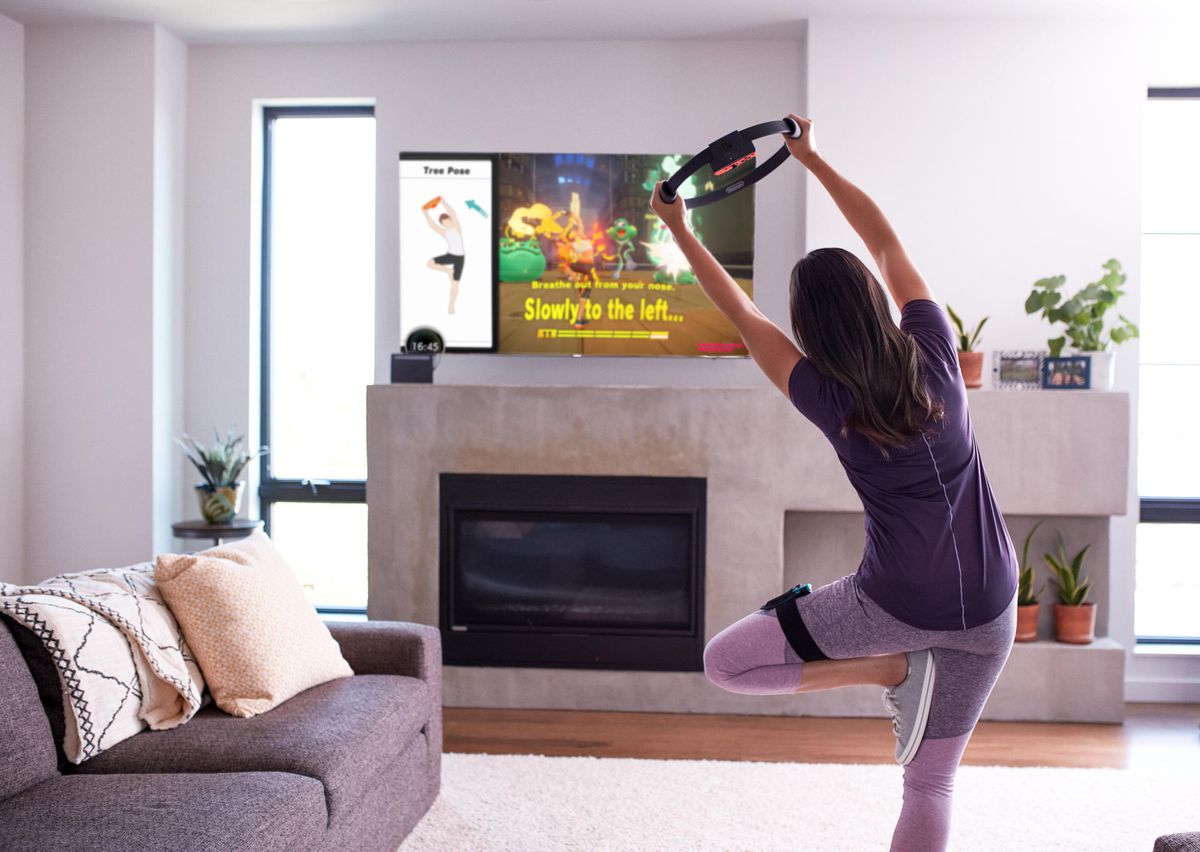
The workouts are legit but are great even for fitness newcomers. Regardless of your athletic prowess, you’ll grow along with the game’s story. The ever-useful resource that is howlongtobeat.com claims that completing the main story and extra challenges takes 64 hours.
Mario Kart Live: Home Circuit
While there are various Joy-Con steering wheel accessories for the Nintendo Switch — and even a full-size steering wheel — Mario and his kart are some of the most interesting Switch accessories.
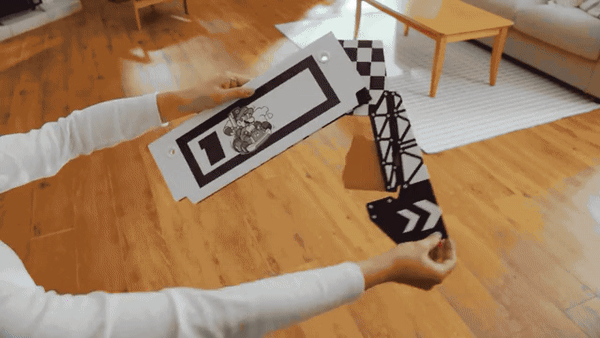
Mario Kart Live: Home Circuit turns your living room into a racecourse by combining different pieces of gear. The kit comes with several cardboard gates that you place around your home to construct a racetrack. Then, by using either the Mario or Luigi toy race cars (priced at about $100 — they’re getting harder to find, sadly), the vehicle’s built-in camera “sees” the track. The camera-enabled cars pair with your Switch, which lets you drive from the racer’s perspective as you zip around your home.
- SEO Powered Content & PR Distribution. Get Amplified Today.
- Platoblockchain. Web3 Metaverse Intelligence. Knowledge Amplified. Access Here.
- Source: https://www.polygon.com/what-to-buy/23592426/best-nintendo-switch-accessories




